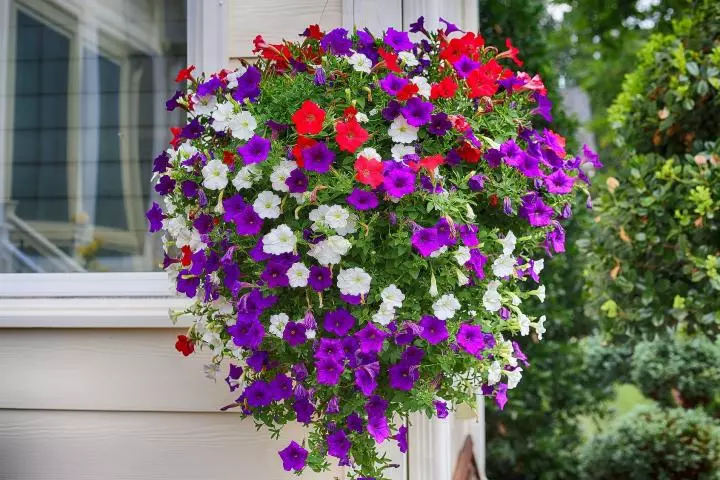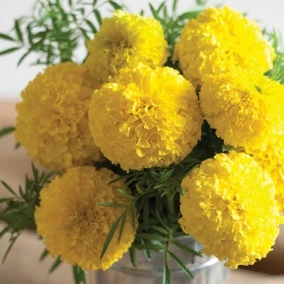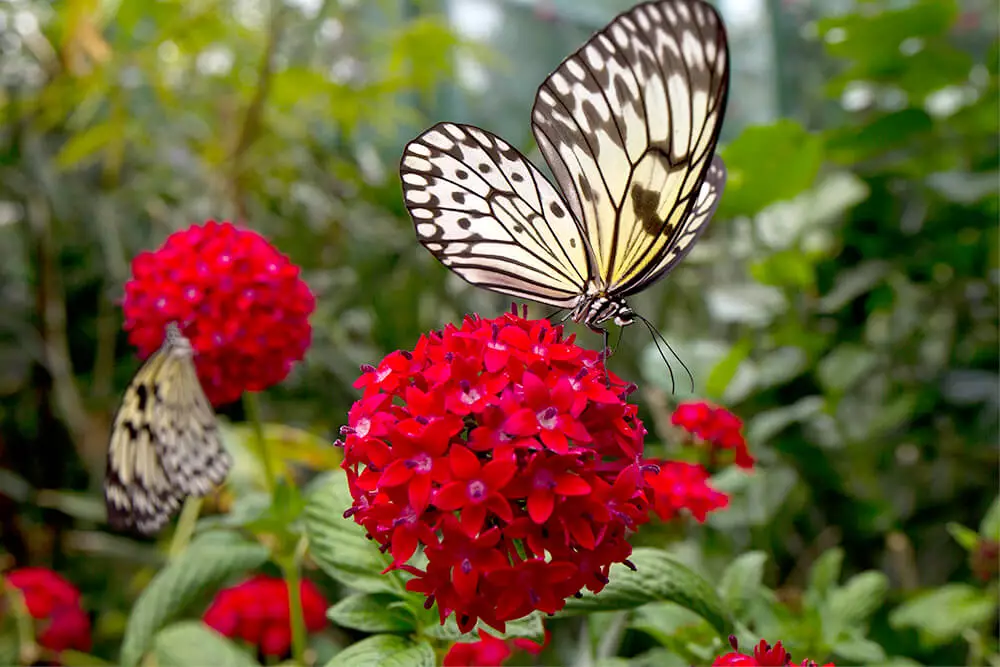08 Apr Plant now for Annuals that will Keep You in Color all Summer Long
If you live tiny and don’t have much space, then outside flowers might be the better choice rather than taking up space in your home. Whether your garden is a large country plot or a group of containers on a small balcony, easy-to-grow annuals can add a burst of color wherever you need it. And, while plants are a nice addition to any home, you might not have the space to accommodate all the flowers you want. This summer I’m going to plant flowers all around. I want that burst of color and there are a quite a few great choices that will stay blooming all summer long.
Summer-Loving Annuals
Planting annuals in the spring and giving them some basic care throughout the growing season will give you a payback of endless summer color. Some annuals thrive in cooler seasons, while others need the heat of summer in order to thrive. Typically, garden centers sell the appropriate annuals for the season at hand — or the one that’s coming soon. If in doubt, ask. This is especially important in early spring when summer annuals have started their growing season in the cozy confines of a warm greenhouse. Once they enter the world of cool spring nights, they often stop growing. For these heat-loving annuals, planting too early can cause them to perish as chilly air and cool soil causes plants to stall or even rot.
Here is a list of my personal faves:
Tuberous Begonias
These are actually tender perennials typically grown as annuals. The upright forms make great bedding plants; the drooping ones look magnificent in hanging pots.. Pick off flowers as they fade. When the plants begin to turn yellow in the fall, withhold water. When the tops are completely dry, dig the tubers from the soil, and remove the tops. Dry them in the sun for a few days, then dust the tubers with sulfur powder or another fungicide to prevent rot. Store in paper containers in a cool, dry, dark place until planting time in spring.
Impatiens
Also known as busy Lizzie, this sub-shrubby perennial is usually grown as an annual. It requires filtered light or shade and fast-draining soil rich in organic matter. If you plant from nursery six-packs, loosen the root balls gently, then place each plant in fresh potting soil, making sure you don’t bury the crown. Water well after planting, and wait for the top 2 inches of soil to dry before watering again. Apply no fertilizer until the plants begin to grow; then feed them every two weeks with a balanced, water-soluble fertilizer. Impatiens make good container or bedding plants.
Petunias - My personal favorite
Petunias are tender perennials in USDA Zones 9-11, but many gardeners grow them as annuals. They tolerate heat and bloom throughout the growing season, filling containers, beds and borders with color. In all sorts of beautiful colors! While petunias will grow in partial shade, they’ll produce more blooms in full sun. Water them regularly and apply a balanced, water-soluble fertilizer as directed on your product’s label. Remove the flowers as they fade to encourage more blooms.

Geraniums
Most Pelargoniums, or geraniums, are perennials grown as annuals in cold-winter climates. Most prefer full sun, but in hot climates afternoon shade is appreciated. Keep plants on the dry side. Geraniums perform best in areas with warm, dry days and cool nights. They may be grown outdoors year-round in mild California climates. Elsewhere they’re popular bedding, container or indoor plants. Move plants indoors before cold weather begins, or take cuttings for next year. For best results indoors, set near a sunny window. Geraniums require rich, fast-draining soil and frequent pinching back to keep plants bushy. They are subject to infestation of white fly, spider mites and geranium bud worm so be careful if you do bring them inside. Fertilize during active growth to increase flower production.
Marigolds
Marigolds are easy, dependable annuals that require full sun and well-drained soil. Many types are available, ranging in size from a few inches to a few feet in height. Marigolds come in white, yellow, red, orange and combinations of those colors. Many believe that marigolds help repel insect pests, so they’re often planted in and around vegetable patches. Lovely flowers! I always buy yellow.

Vincas - Especially if you love butterflies
Vincas are typically grown as annuals. These low-maintenance butterfly magnets add color to borders, beds and containers. If given full sun and regular watering, they’ll bloom profusely until frost. Fertilize the plants every other week; they’ll grow in almost any soil that drains easily. Vincas are self-cleaning, so you don’t have to pick off the spent flowers.
Pentas - Another Butterfly attractor
Sun-loving pentas invite butterflies and hummingbirds to summer gardens. Although they may survive the winter in very warm regions, most gardeners grow them as annuals. The flowers are available in white, red, pink, lavender and purple and grow in almost any well-drained soil. They’ll benefit from a monthly feeding with a balanced, water-soluble fertilizer. Use them to add bright color to containers, beds and borders.

Annual or Perennial?
You see the words annual and perennial on plant tags and in garden books. What do these terms mean and why should you care? Simply put, annual plants die in the winter. You must replant them every year. Perennials come back every year. You only plant them once.
There are so many choices of annuals or perennials. To me, this list is most of the “easy to grow, low maintenance” flowers that help keep a smile on my face all summer. Color your yard or deck with bright beautiful flowers! Now get outside and get planting!

Sorry, the comment form is closed at this time.